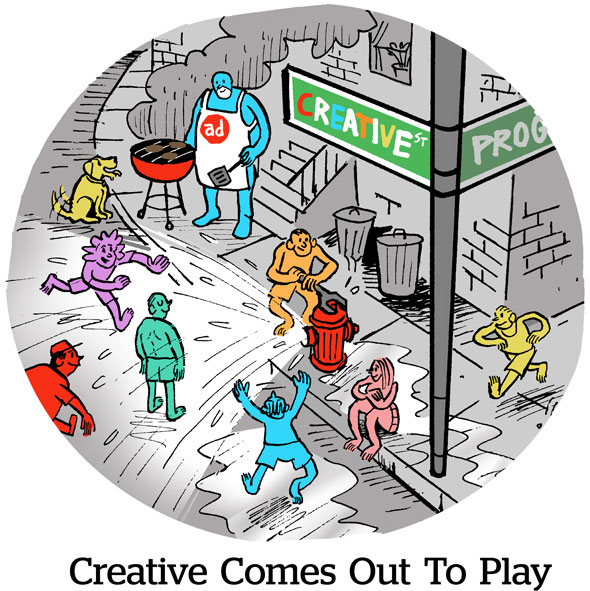
Hopefully you aren’t sick of news headlines about generative AI technology in the ad industry just yet.
On Tuesday, mar tech entrepreneur Omar Tawakol announced the public launch of Rembrand, a virtual product placement platform to monetize influencer and creator content.
Tawakol had previously co-founded and sold BlueKai to Oracle before founding and leading voice assistant tech company Voicea, which was acquired by Cisco.
Rembrand is starting with some splashy hires, too.
Ahmed Saad, senior applied science and software development manager at Amazon, will be joining as CTO. Meta’s director of AI, Abdel-rahman Mohamed, is joining as chief AI scientist. Nikki Heyder, Cisco Vidcast’s director of product and growth, is moving to the same role at Rembrand.
Early days
Rembrand works on one side with brands and agencies, who upload images and items to the platform. And on the other side it works with influencers and creators.
Creators uploads a video same as usual, but to Rembrand’s software, which sends back the same video but with the virtual product placement. Rembrand sells the placement on a CPM, and though Tawakol didn’t disclose the rev-share terms, he said most of the CPM goes to the creator.
The product placement doesn’t happen dynamically, meaning one person doesn’t see a Pepsi ad while someone else gets a Snapple ad. And Rembrand is easing in with intuitive influencer partners for the product placement.
Tawakol said “talk shows,” or any video version of a podcast, including shows about sports, fashion, pop culture, dating or even livestream online chess offer product placement opportunities because they feature people sitting at a large desk or table or in a studio, so it’s easy to drop in a virtual drink bottle or put an upcoming movie poster on the wall.
Gaming is a natural next step, he said, but not the startup’s focus yet because it’s a competitive space for creative tech.
Why influencers?
Rembrand’s first public influencer partner is Alexandra Botez, a chess player who’s a prominent livestreamer and YouTube creator.
Tawakol said Rembrand is starting with a focus on influencers because that’s where there’s hockey stick growth in consumption. But it’s also pretty much the only media environment where virtual placement tech works right now.
Netflix opened the door to advertisers, but it’s hardly letting producers dynamically sling product placement AI into streaming. The same goes for other video hubs like Amazon and Roku.
“The movie industry folks are all playing around in [generative AI],” Tawakol said. Until then, Rembrand is waiting to make a more traditional Hollywood product placement play.
Influencers in particular are boxed out of strong product placement revenue streams, he said, because the multi-billion-dollar Hollywood product placement biz moves slowly, something most influencers don’t do.
“Currently it can take weeks and multiple back-and-forths for just one sponsored integration to be approved,” Botez said in a statement. If advertisers and creators can find each other in more of an open online marketplace and use virtual placements, it could cut through the red tape.
Advertisers benefit from the speed as well, but another selling point is the savings from not giving away physical merch, Tawakol said. Brands work with hundreds of influencers with thousands to millions of followers. These influencers frequently receive free merch for themselves and to give away. While those aren’t media costs, they put a lower ceiling on the number of total influencers a brand tends to work with.
Influencers don’t have “native video formats” in the way that sponsored search listings bring advertisers directly into the feed and monetize very effectively, he said. Pre-roll video, interruptive mid-roll ads, TV commercials and the like are skipped, blocked and ignored.
“The native video format does exist, though,” he said. “It’s called product placement.”






 By
By 